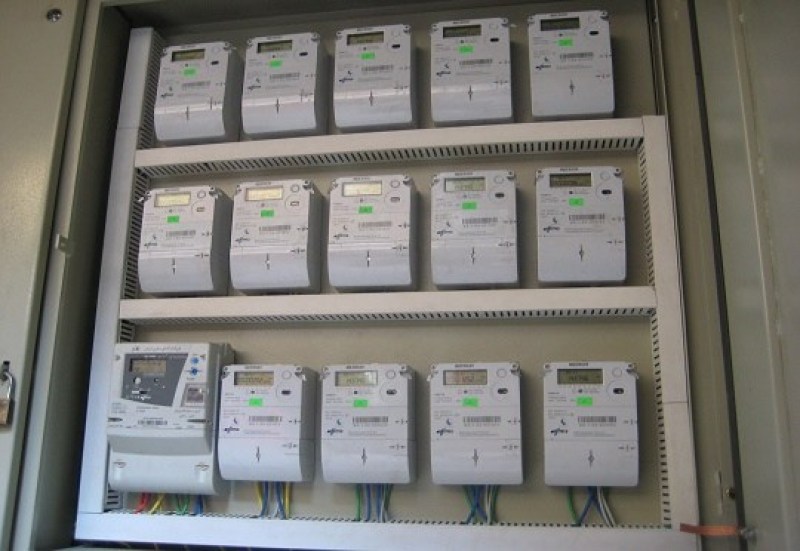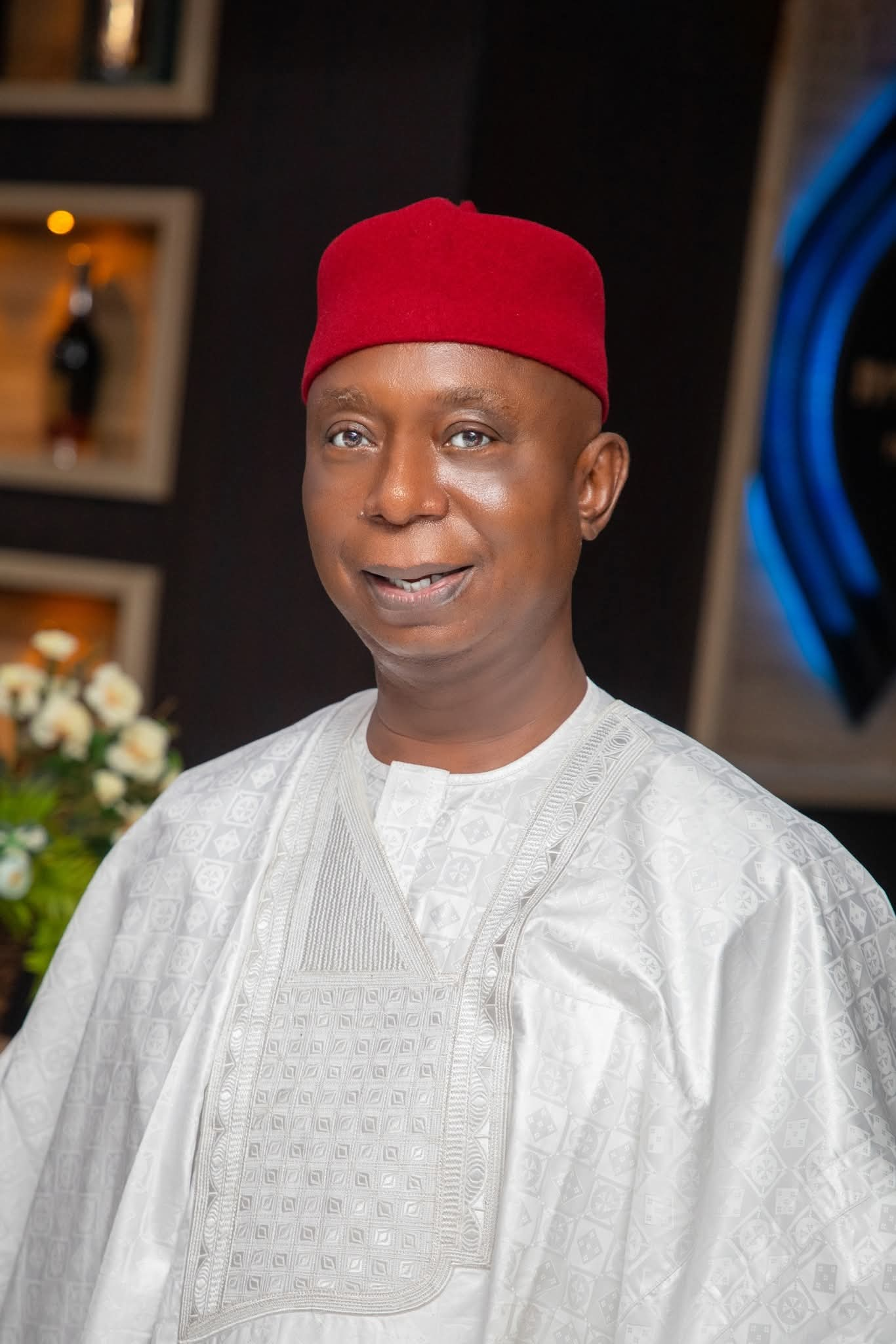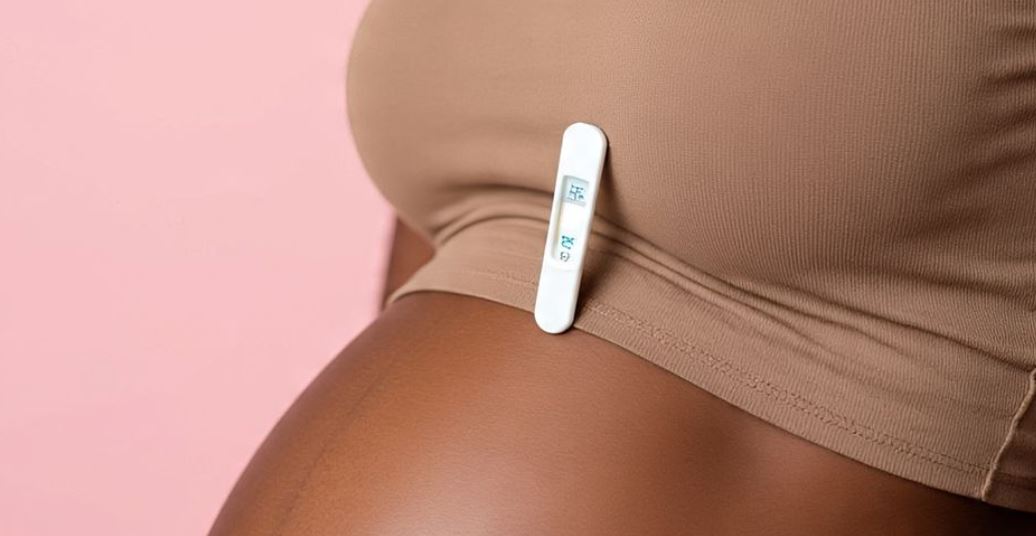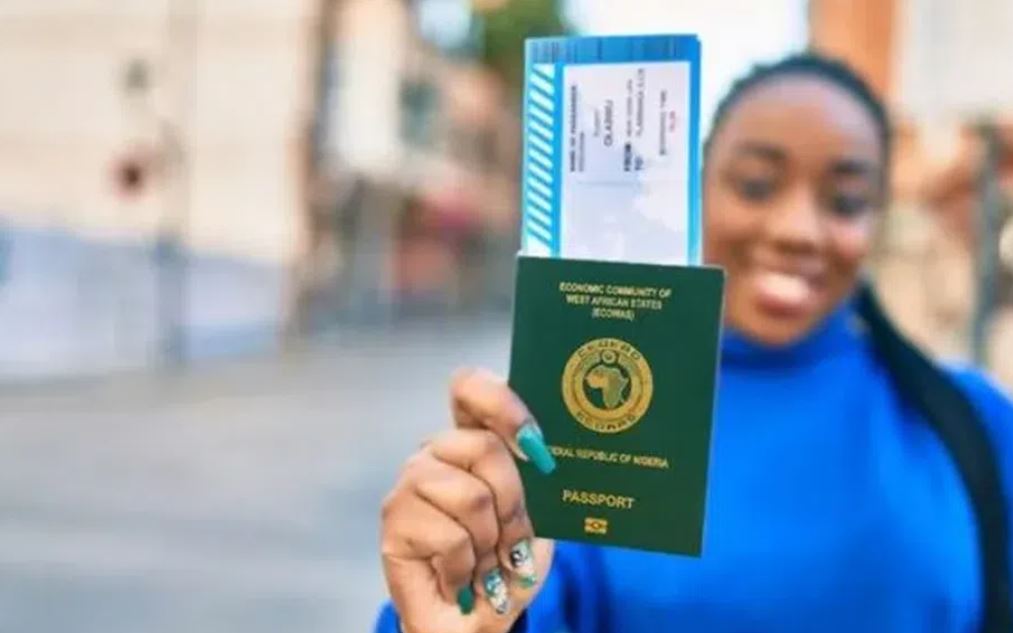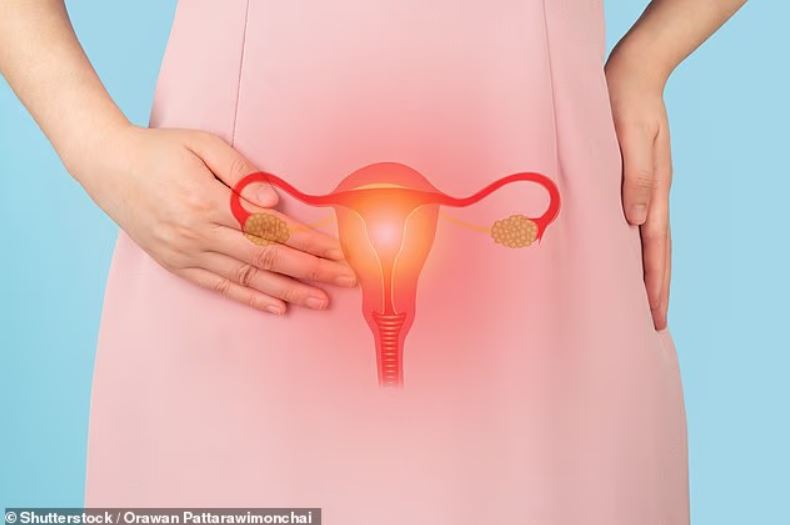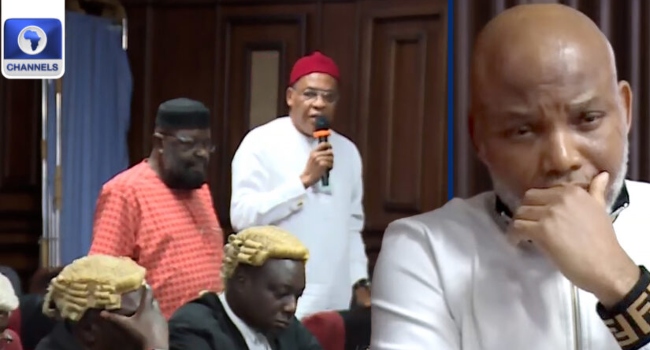How to apply for prepaid meter in Nigeria is a process many, if not every Nigerian would find interesting.
Constant electricity supply in Nigeria is already a struggle and to add salt to injury, there are the mind-blowing charges attached to the little or no electricity supply because the electricity companies provide what they call “estimated bills”.
Consumers in Nigeria get estimated bill when they do not have meters installed. So, the electricity company arbitrarily estimate what the consumption might be using obscure criteria that no one seems to understand or know for that matter. Consequently, the government’s estimation of the power supply used by consumers is extremely poor, hence, the poor billing system, resulting in outrageous charges.
As it is, the only remedy for consumers is the prepaid meters, which give users control over how much electricity (when available) they consume and hence bill they are reliable to pay.
While there are benefits of using the prepaid meter, it still won’t bring an end to the issue of a lack of constant electric power supply and distribution in the country.
However, it will definitely give you a break from the crazy billing system. You get to live with electricity supply on your own terms.
Whether you’ve recently moved into a new property with a prepaid meter already installed, or you’re thinking of having one installed, you may have questions about how these prepaid meters work.
We’re here for you. Here is our compiled information put-together to guide you on how it works. While this information focuses on using prepaid meters in Lagos State, they apply broadly to all other states in Nigeria. Just be sure you are purchasing the meter from your state’s authorised distribution company dealer.
Electricity distribution companies in Nigeria
There are 11 electricity distribution companies in Nigeria. The companies were privatised in 2013 although the federal government retains shares in them. Their activities are overseen by the National Electricity Regulation Commission (NERC).
- Abuja Distribution Company: Serves FCT, Kogi, Nassarawa, and Niger.
- Benin Distribution Company: Serves Delta, Edo, Ekiti states and Ondo.
- Eko Distribution Company: Serves Lagos, Ogun, and Agbara.
- Enugu Distribution Company: Serves Abia, Anambra, Ebonyi, Enugu and Imo states
- Ibadan Distribution Company: Serves Kwara, Ogun, Osun, and Oyo
- Ikeja Distribution Company (Ikeja Electric): Serves customers in parts of Lagos State
- Jos Distribution Company: Serves Benue, Gombe, Bauchi, and Plateau.
- Kaduna Distribution Company: Serves Kaduna, Kebbi, Sokoto and Zamfara.
- Kano Electricity Distribution Company: Serves Jigawa, Kano, and Katsina.
- Port Harcourt Distribution Company: Serves Akwa Ibom, Bayelsa states, Cross River and Rivers
- Yola Distribution Company: Serves Adamawa, Borno, Taraba and Yobe states.
What is a prepaid meter?
Prepaid meters are energy meters that require you to pay for your energy in advance before consumption.
It is just like a recharge card for your mobile phone, and it reads per usage.
This is actually what everyone needs since energy costs are constantly on the rise. Using prepaid meters helps to avoid getting into debt with your electricity supplier.
How does prepaid meter work in Nigeria?
The prepaid meter tracks how much energy you use just like a traditional meter.
However, instead of being billed for how much you use on a monthly or yearly basis, you will pay for your energy upfront and use up that ‘credit’ as you go along.
This means you have to recharge your meter from an approved vendor to have energy credit available to pay for your electricity before you use them.
How can I get a prepaid meter in Lagos?
How to get prepaid meter under Eko Distribution Company (EKEDC)
You can get a prepaid meter via your distribution company’s authorised meter. This was made possible after NERC issued a framework called MAP that allows consumers to have access to prepaid meters.
MAP is an acronym that stands for Meter Asset Provider framework. It is a regulation issued by NERC and It is designed to fast track closure of the end-user metering gap with a goal of eliminating the practice of “estimated billing ” excepting exceptional cases envisaged under the regulation.
The framework mandates allow distribution companies to engage meter suppliers also known as MAP to provide meters to end-users in their service areas.
Meters provided under the MAP framework will be maintained by the asset providers under the warranty period of 10-15 years.
List of registered MAPs in EKEDC, Lagos state.
- Mojec International Limited
- Bendoricks International Limited
- CIG Metering Assets Nigeria Limited
- Integrated Resources Limited
- Armese Consulting Limited
- Turbo Energy Limited
- Gospell Digital Tech. Limited
How much does it cost to get a prepaid meter in Nigeria: Eko Distribution Company Lagos?
The tariff cost for Meters under the MAP framework would be at a reduced rate. However, customers will be mandated to pay a maintenance fee for the warranty period.
Approved meter prices under MAP framework:
Single Phase: N44,896.17
Three Phase: N82,855.19
Requirements for ordering a prepaid meter Eko Distribution Company
The following requirements are important to note for ordering a prepaid meter.
Clear all outstanding bills: Customers must clear all outstanding bills or agree on a settlement plan with EKEDC before the acquisition of a meter under the MAP framework.
Where customer disputes the outstanding bill, the bill dispute must be resolved before the acquisition of the meter
How to get prepaid meter under Ikeja Distribution Company (Ikeja Electric)
Just like for Eko Distribution Company customers, customers of Ikeja Electricity are expected to clear their outstanding debt or reach an agreement with the company on how to settle any outstanding debt before they can apply for a prepaid meter.
Furthermore, Ikeja Electricity requires customers to go through a KYC process. KYC means Know Your Customer. The process allows the company to identify its customers, their residentce or business address for which they are applying for a meter.
Ikeja enforces the KYC process through its online portal, which allows customers to apply and pay for prepaid meters.
Ikeja Electricity did not publish the names of their authorised MAP dealer but you will find them after you have completed or updated your profile on their website.
How much does it cost to get a prepaid meter in Nigeria, Ikeja Electricity?
According to Ikeja Electricity, the cost of prepaid meters under the MAP framework are as follows:
Single Phase: N48,263.37
Three Phase: N89,069.33
Customers are advised never to pay cash for their meters but to pay directly into the bank account of their preferred MAP provider.
For customers who cannot afford to pay the price of meters directly, they can leverage the installment payment feature available called Meter Service Charge (MSC). The MSC is the monthly repayment of the cost of the meter over time.
How can I recharge my EKEDC prepaid meter?
Recharging your EKEDC prepaid meter can be quite simple if you follow the steps righteously.
Step 1: When there is a power supply in the apartment/shop, plug the Customer Interface Unit to a wall socket. (Note: Socket proximity to the meter does not matter, as long as the socket’s power source is from EKEDC Power Supply).
Switch on the socket to power on the Customer Interface Unit. (Note: The reason for plugging the CUI is to enable the keypad to communicate with the meter through the power source).
Step 2: Please, note the number of combinations and commands on the right-hand side of the keypad. Press 10 to check your meter number or 01 for current available credit.
Step 3: Press the 20 digits correctly into the meter (Note: Bonus Token loaded first if available)
Press the blue enter button.
The feedback response on the meter will be “Accepted”
Step 4: Press 01 on the keypad, followed by the enter button.
The meter will display the currently available credit (if the steps were followed correctly).
However, if you are recharging for the first time or your units got exhausted before purchase:
First, make sure the power supply indicator on your meter is ON. Or that there is a general power supply in the neighborhood.
Put OFF generator and inverter if you have any.
Put your change over switch on EKEDC Power Supply. (Note: There won’t be power supplied as you have exhausted the units on your meter).
Insert new batteries in the space provided at the back of the Customer Interface Unit to power on the device. If the device does not come on, Press 3 for battery wake up.
Plug the Customer Interface Unit to a wall socket in the apartment/shop, preferably socket for your freezer or fridge. (Note: Socket proximity to the meter does not matter, as long as the socket’s power source is from EKEDC Power Supply).
Switch ON the socket where you have the Customer Interface Unit plugged to. (Note: The reason for plugging the CUI is to enable the keypad to communicate with the meter through the power source)
How can I recharge my Ikeja Electric prepaid meter?
Recharging your Ikeja Electric prepaid meter is pretty straightforward and easy to handle on your own.
All you need to do is pay directly via different approved channels and your unit is recharged.
The various channels you can recharge your Ikeja Electric prepaid meters through are:
- Self-Service channel: This medium allows you to recharge your prepaid meter via the Ikeja Electric payment portal, Quickteller, Internet banking, Bank mobile apps, USSD codes, Scratch cards, or POS.
- Bank Branches
- Vending Cashiers
How to load Credit Unit Token on the meter
The Credit Unit Token can be purchased from the EKEDC cash offices, through Interswitch, Quickteller, or other recognised payment channels.
The token consists of:
1. Customer Name
2. Service Address
3. Meter Number
4. Date and Time of Purchase
5. Amount Paid
6. Total Units
7. Monthly Charges
8. Electricity Token Number (consists of 20 digits)
Note: If you are recharging for the first time, it comes with another 20 digits token which is for the Bonus Units. In this case, the Bonus Token is loaded before the actually purchased token.
Press the 20 digits correctly into the meter (Note: Bonus Token loaded first if available)
Press the blue enter button.
The feedback response on the meter will be “Accepted”.
Press 01 on the keypad, followed by the enter button.
The meter will display the correct current available credit (if the steps were followed correctly).
How to load the Key Change Token
Key Change Token is created to change the meter configuration namely the Tariff Index, Supply Group Code and Key Revision Number.
Sometimes, the meter is on a different tariff from what the meter number was programmed on. This could occur when the incorrect tariff detail is supplied by the installer upon meter programming.
In this case, it makes it impossible for the purchased Credit Unit Token to be loaded on the meter.
Key Change Token is generated from EKEDC HQ, Marina Lagos, to change the meter Tariff, thereby allowing credit top-up on the meter.
The token consists of:
1. Meter Number
2. Date and Time Generated
3. Details of Changing Tariff [From and To] (Supply Group, Tariff Index and Tariff Code)
4. Token Number (consists of 40 digits)
Example of Key Change Token : (2078 2695 8664 9445 0890) (1411 1928 3898 3041 6063)
Key Change Token is FREE, unless where penalty charges for bypass or meter tampering may apply.
How to load generate Key Change Token
To generate your key change token, follow these simple steps.
Step 1: Log in to E-portal
Step 2: click on meter activation
Step 3: Input your meter number.
Step 4: Click the submit bottom and activation token will be displayed instantly.
Note: This can be done on your phone.
How can I check my meter number?
Both customers of EKEDC and Ikeja Electric can check their meter number as described below.
To check the meter number, just press 65 and the blue button. The number of your meter consists of 11 digits.
If your meter number or current available credit does not show. Please extract and press the below number combinations. This process is known as “marrying” the Customer Interface Unit with the meter.
How you marry the customer interface to the meter depends on your type of meter.
- For customers with 01011 meters, input 5258 + 5th digit to 12th digit of meter number (exclude the first four digits and the last digit). So, assuming your meter number is 0101150071047, input 5258 + 15007104, then press Enter. In other words, the number you will input be 525815007104 and Press Enter (01011 meters).
- For customers with 541 meters, input 1593570 + Meter Number + Enter (the blue button). In other words, press, 159357054130175653 and Press Ente (for 541 meters).
The feedback response on the meter will be “Accepted”.
Advantages of using prepaid meters
Whether you are a tenant or a landlord there are many benefits to using prepaid electricity over normal billed electricity in your home or office.
Prepaid electric meter means you don’t get bills in the post at the end of the month and many people in Nigeria using prepaid electricity now would never want to go back.
Below are some merits of using the prepaid electric meter and this little guide helps you to understand a bit more about the benefits of using prepaid meters.
1. Better budget
When you are using postpaid electricity (get billed at the end of the month) you are not aware of how much you are using a day, a week, or an hour.
Getting bills at the month can sometimes go higher than expected.
A prepaid electricity meter has a readout that displays your units as well as the level of power consumption.
This allows you to monitor how much electricity you are using and therefore budget better every month.
2. No inaccurate billings
When using prepaid meters, you are in control of exactly how much you buy each month.
You cannot be over-billed by the electricity company as you can only use what you have bought. Using prepaid electricity allows you to more accurately budget for electricity each month.
3. Avoid non-payment problems
Not paying your electricity bill on time can cause many issues and even have a negative effect on your credit record.
But with prepaid electric meter, you never have to worry about any problems associated with not paying your electricity bill on time.
4. No reconnection fees
Usually, on postpaid meters, your electricity will be disconnected if you default in payments, and to get connected, you are charged a fee.
Having a prepaid meter on your premises will mean you never have to worry about being disconnected or charged the attendant reconnection fee.
5. No deposit required
In many cases, to have postpaid electricity on your property will require a deposit to be paid before the electricity is initially connected. With prepaid, this is not the case and whether you have an existing meter or are thinking of having one installed you will not have to pay a deposit.
6. 24 / 7 service
Prepaid electricity credits can be purchased from vendors across Nigeria and can be accessed 24 hours a day, 365 days a year. There is no need to phone or go online to have your electricity activated. Simply enter your prepaid electricity token and your electricity units will be added to your account, whatever time of day or night making it convenient.
Disadvantages of using prepaid meters
-
Prepaid meters are more expensive to operate than other types of meter, which means you might not be able to access the cheapest tariffs available
-
If your prepaid meter has run out of credit and your supply is off, to restore your supply you will need to access your meters directly, which may be positioned out of easy reach.
-
You may also need to account for any debt repayment plan that has been agreed upon.
-
You may always need to top up.
-
Sometimes, you might need to turn off your appliances when not in use to reduce the readings on your meter.

